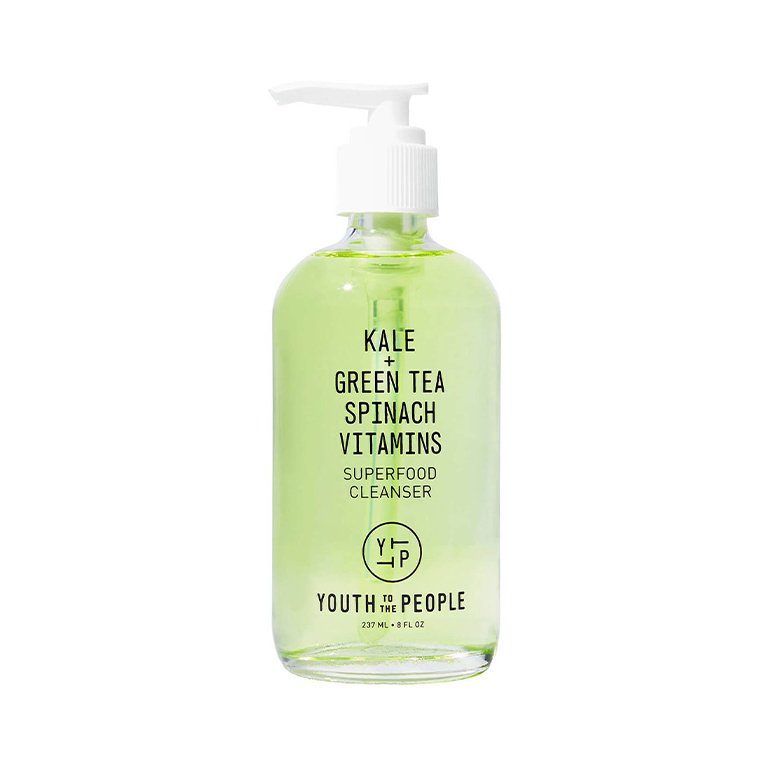All About Green Tea: Why It’s Good for You and the Risk of Drinking Too Much
What Exactly Is Green Tea?
All tea comes from the same plant, Camellia sinensis, but the leaves are processed differently to make green, black, and oolong tea, according to the National Center for Complementary and Integrative Health (NCCIH). Green tea leaves are not allowed to oxidize, which accounts for their fresh, almost grassy flavor.
Tea drinking is a ritual that people have been practicing for centuries, dating back to 2737 B.C. in Asia, according to some accounts. It’s known for its high content of antioxidants called catechins (more on those later) and is also beloved for its crash- and jitter-free dose of caffeine, thanks to its generous supply of L-theanine, an amino acid that research has found to have a calming effect on the nervous system. Melissa Salazar, an International Tea Master Association–certified tea master, says that green tea has the highest quantity of L-theanine compared with other teas. “It helps to increase brain waves, which induces deep relaxation and increases focus,” she adds. “This makes green tea a very special plant indeed.”
Some small studies have observed this, finding the L-theanine to increase alpha wave emission in people with anxiety, as well as improve mental alertness. A study of 69 Japanese men and women found that it improved attention and memory-related tasks.
With that said, some green tea blends have more caffeine than others, and matcha, a popular powdered form of green tea, has the most. That’s because it’s made by grinding the entire Camellia sinensis leaf, explains Salazar, and is delivered to the body in its entirety, as opposed to tea leaves that are steeped in water and then removed prior to serving. Matcha’s unique preparation also makes it more plentiful in the good stuff, like antioxidants.
Today, green tea is still most commonly sipped in drink form, but it’s also finding its way into supplements, skin care, and more.



















